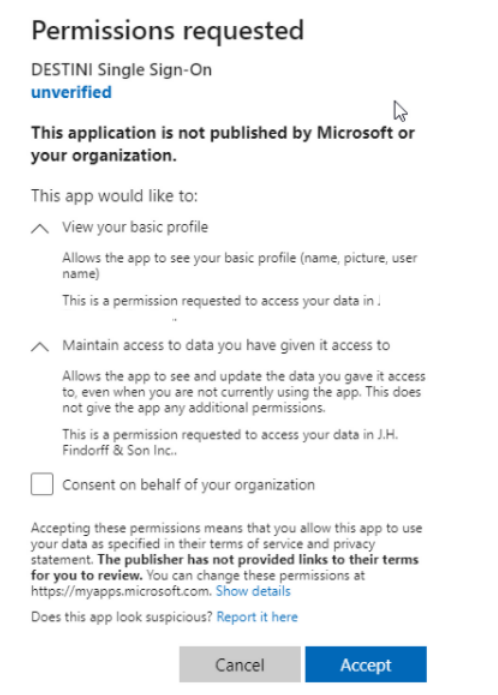Web License Overview and FAQs
We use Azure B2C to allow users to sign in to our application by interfacing with web pages hosted by Microsoft. The way we use Azure B2C is to provide authentication, either through user registrations in our own B2C Active Directory or through external Active Directories (i.e., the corporate Active Directories of our customers).
In order to authenticate users from external Active Directories, we have to create a multi-tenant application registry in an Active Directory we control, and register the AD as an identity provider.
The Licensing API is accessed by two different clients:
-
Web portal (using OAuth 2.0 implicit flow )
-
Estimator (using standard OAuth 2.0 access tokens)
Authorization is handled internally by our Licensing AP.
1. How many days can I check out a web license?
Answer - You can only check out a web license for a max of seven days, after that it will automatically check itself back in and you will need to log in to check it out again.
2. How to check out a web license?
Answer - You can only check out a license while you are not in an estimate.

3. Do I have to sign into the license every time I launch the application?
Answer - No, the login is remembered when you first sign in unless you sign out, this token that we can control will last for 14 days before it asks to reauthenticate.
4. If I open another session Estimator, am I using another license?
Answer - No, you will be using the same license tied to your name
5. After checking in my license I get a pop-up message

Answer - This is fine, once you click OK, the license will check back to the server.
6. Why is my license grayed out and cant Check out my license?

Answer - You cannot check out a license when you have an estimate opened.
7. Do I need to be on VPN to get a license?
Answer - No. However, you may need to be on VPN to access your Company's databases
8. Single Sign-On (SSO) - What are the additional permission requested by SSO?

Maintain access to data you have given it access to - This permission is required for single sign-on (SSO) and allows a refresh token to be returned from the authentication flow so that the Azure Web License application can perform task and synchronizations without user involvement and not prompt the user every time their primary authentication token times out.